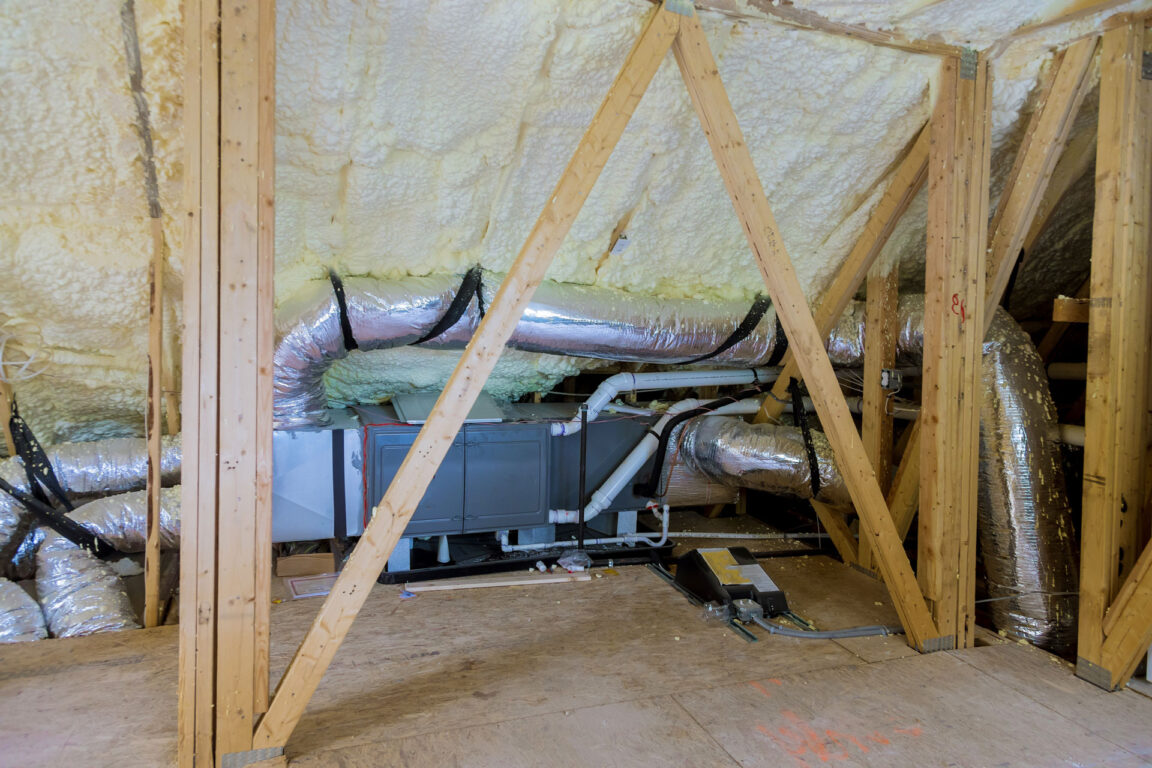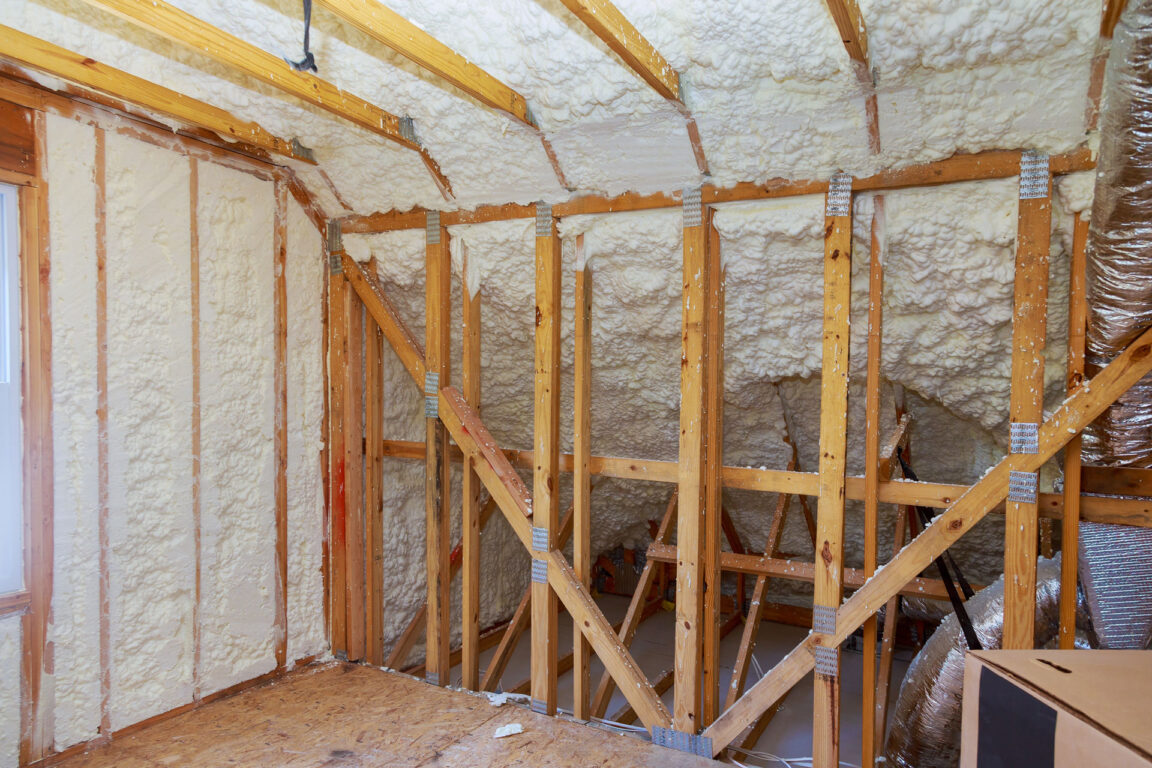With over 55 years of experience, the experts at Radiant Drywall & Insulation have come across many misconceptions pertaining to the proper, safe, and accepted ways in which insulation should be installed. Depending on the locality of a residential building or home and its specific characteristics, certain codes and standards dictate the best practices for insulation to effectively serve its purpose without degrading the overall quality of the structure or promoting potentially hazardous conditions.
While the guidelines correlating to the proper applications of spray foam insulation are publicly available, many contractors and building inspectors mistakenly refer to outdated standards. These common misconceptions can lead to roadblocks and overpriced project estimates, potentially delaying completion dates while wasting your money on expenses that could have been avoided. At Radiant Drywall & Insulation, our team is fully aware of the current nationally accepted standards, helping to ensure that your home or business is effectively insulated, maximizing your comfort and cutting down your costs.
Spray Foam Insulation Retrofitting Controversy
NM-B (Non-Metallic Sheathed) Cable is one of the most commonly used residential wiring materials throughout the US. And contrary to what many industry professionals continue to believe, NM-B Cable can in fact be treated with spray foam insulation. The National Electrical Code (NEC), the recognized safety standard for the installation of electrical wiring and other electric components, does not prohibit the application of spray foam insulation surrounding NM-B Cable. Published in a technical bulletin by National Electrical Manufacturers Association (NEMA), studies have proven that spray foam insulation can be applied within interior spaces containing NM-B Cable without posing a safety hazard or causing any other negative effects. Essentially, this means that if you are retrofitting an interior section of your home that contains NM-B Cable, spray foam insulation remains a safe, cost effective option. This is mostly applicable to the areas with 2”x4” framing studs which are often used to encapsulate the wiring.
At Radiant Drywall & Insulation, we can expertly retrofit insulation within any interior space, increasing your home’s energy efficiency while optimizing your level of comfort.

Including Spray Foam Insulation in Your Building Plan
If your home is about to begin its initial construction, consider having spray foam insulation applied prior to the electrical wiring installation. As we mentioned earlier, you can safely retrofit insulation in spaces already containing wiring; however, by including this step in the beginning construction phase of your soon-to-be home, you can save yourself the time and money potentially spent in the future, attaining your desired level of comfort and energy efficiency from day one.

Trusted Insulation Solutions
At Radiant Drywall & Insulation, we have the knowledge and experience necessary to effectively insulate your home, enabling you to fully realize all of the associated benefits. And if you are looking to maximize the energy efficiency of your current or future home, our licensed HERS Raters can perform a comprehensive evaluation, providing you with everything you need to decrease energy costs. Interested in learning more? Contact us today!

